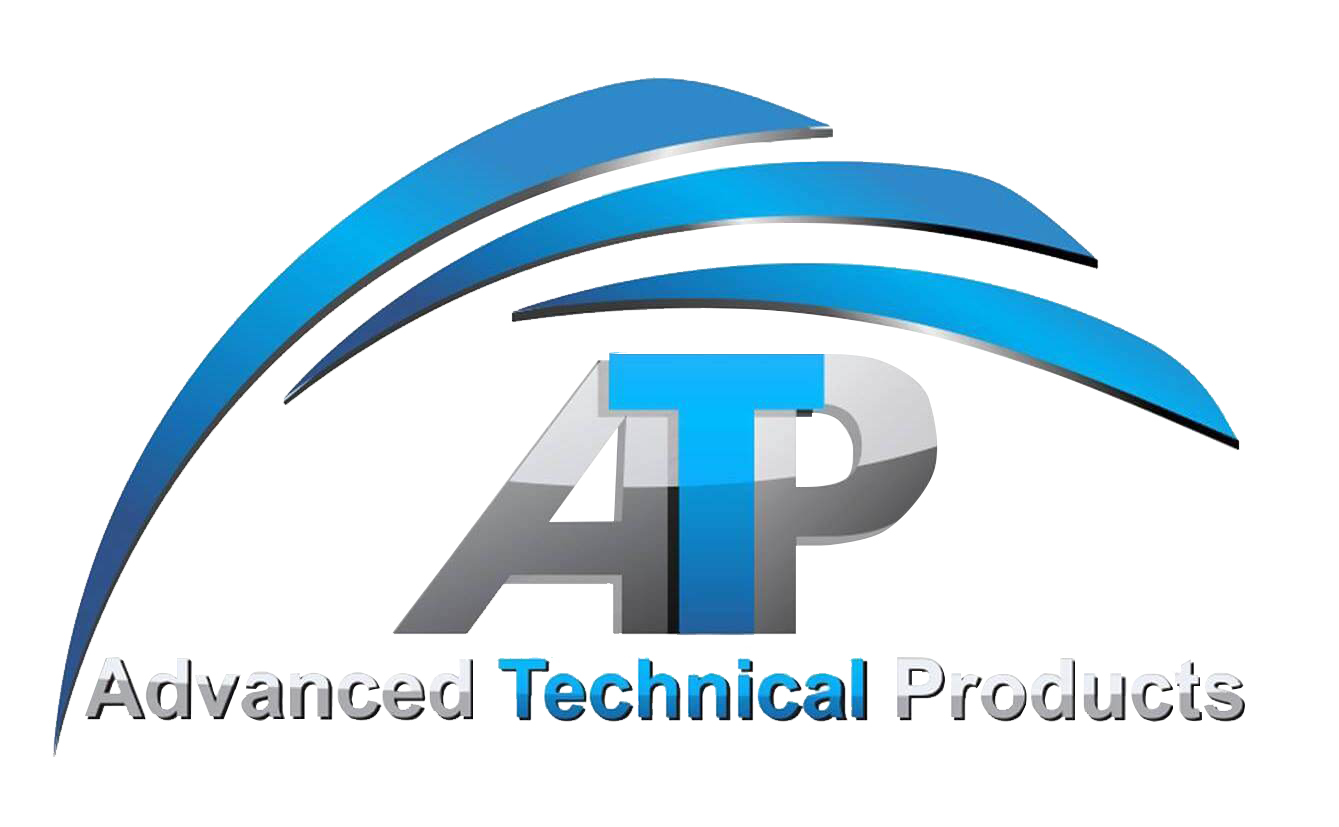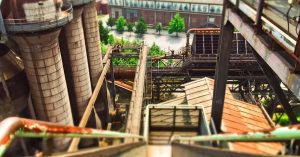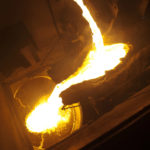Corrosion of steel alone is a multi-trillion-dollar problem globally. Economic losses are not the only consequences of corrosion; structural failure of buildings and bridges can be fatal. This article will briefly discuss the corrosion process and methods to prevent or reduce corrosion with coatings.
Electrochemical corrosion
The most common forms of corrosion are chemical processes where metals in a high energy elemental state chemically react to attain a lower energy, more stable positively charged state. These low energy states are often in the form of metal oxides so corrosion is often referred to as oxidation.
The corrosion process is an Oxidation-Reduction (RedOx) reaction because one participant in the reaction is oxidized (the metal) while another is reduced (oxygen). Looking back on general chemistry, we know that in order to become positively charged the metal atoms have to lose electrons (oxidize). A great mnemonic to remember the movement of electrons in oxidation-reduction reactions like those occurring in the corrosion process is “Oil Rig”.
Read more: The Chemistry of Corrosion Protection and Anti-Corrosion Coatings






